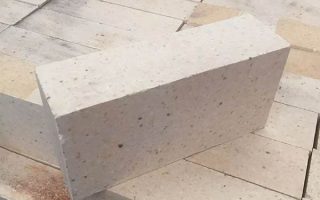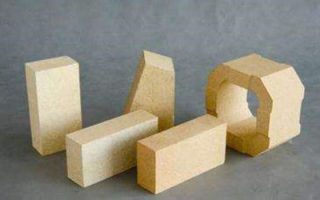Refractory materials generally refer to inorganic non-metallic materials with a refractory of not less than 1580°C. Gayunpaman, the definitions vary around the world, for example, the international standard officially published by the International Organization for Standardization (ISO) stipulates that “refractory materials are non-metallic materials or products with refractories of at least 1500°C”.
Japan defines it as “inorganic non-metallic materials that are difficult to melt at high temperatures”. Although the definition of refractory material differs from country to country, the basic concept is the same. That is, refractory materials are used as structural materials for high-temperature kilns, mga hurno, at iba pang thermal equipment, as well as materials for industrial high-temperature containers and components, and can withstand the corresponding physical and chemical changes and mechanical effects.
refractory brick
Unlock the potential of our refractory bricks for your cement kilns. Enhance clinker production and reduce energy consumption.
Performance Characteristics Of Everyday Refractory Brick Products
The chemical composition and structure of high-temperature glass bricks are the same as that of ordinary furnace linings. The chemical composition of refractory materials is mainly composed of silica (SiO2), Al2O3, SiO2, MgO2, Fe2O3, MgO, and MgO.
Aluminosilicate refractories are made of silica-based, sintered at high temperatures with an appropriate amount of alkaline molten liquid, and are heated and melted or mechanically ground to produce a sintered raw material or processed by a certain process.


